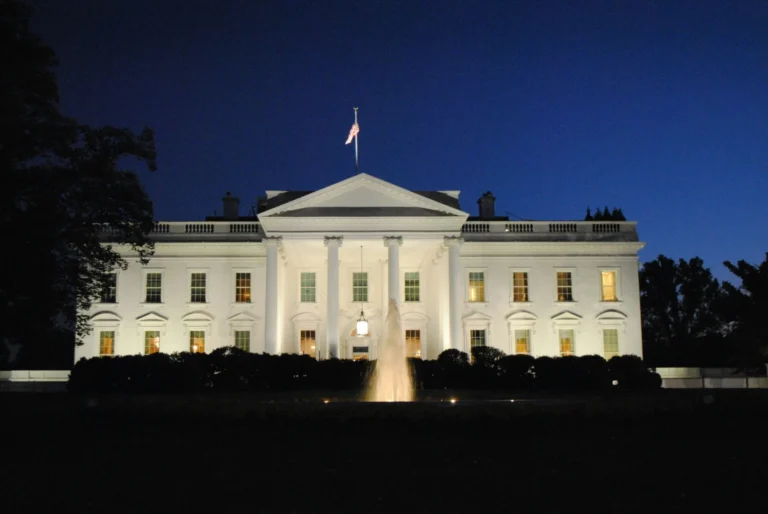Why is the Armyafraid to produce acensus on Iraqcontractors?
Army Fails To Provide Iraq Contractor CensusBy Cliff Montgomery An Army effort to count the number of contractors currently in Iraq has foundered, and a spokesman further acknowledged that the completed census will not meet requested standards.In May the Office of Management and Budget (OMB) forwarded agencies a call for data from the Army Central Command and the international forces in Iraq. The request called for a collection of information on contractor personnel currently in Iraq, including data on the camp or base at which each contractor is located; the company performing the work, as well as the terms of each company’s contract; services such as emergency medical care, mail or meals obtained from the militaryPentagon has repeatedly stalled the project, claiming the data was not yet available. On October 20th, an Army spokesman acknowledged that the information is not likely to be reported as originally requested, and failed to provide a timeline for when any pertinent data might be available.”The report, in one form or another–because it doesn’t look like it will come out in the format that’s being asked for–is not ready,” announced Capt. Gary Arasin, a spokesman for Army Central Command.Arasin added that CENTCOM has had trouble getting information from the contracting offices of various services, making it tough to collect and analyze data from operating locations.”The issue is still being looked at,” said Arasin. “The folks who work in contracting are all forward right now.”We shouldn’t be surprised. Similar efforts to tally the contractor workforce have failed in the past; an initiative to tally Army contractors in 2000 soon got bogged down by procedural hurdles, for instance.Paul Light, a professor at the Robert F. Wagner School of Public Service at New York University who specializes in federal workforce issues, told Government Executive that it’s typical for industry to resist head counts. Such procedures reveal how many more people work for government than are reported in federal employee figures. “It raises questions about why there are so many contractor personnel and is easily understood by the American public,” said Light.”The public may not be able to grasp the money issue–how much is being spent–because it is always so large, but they can get the number of employees, and that’s dynamite,” he added.In a recent report, Light analyzed what he’s billed as “the true size of government.” His tally includes postal workers, civil servants, military personnel, contractors and grantees, including state and local government officials working on federal mandates.Light said his research methods were able to produce an estimate for the contractor contribution to federal work worldwide, but added they were not suited to the kind of detailed, country-by-country assessments necessary to isolate the type of information CENTCOM is seeking on Iraq contractors.Light put forth his “many good reasons” for the government’s use of contracts and grants to purchase goods and services, including a legal restriction that keeps the government from competing with private business for commercially available work. To Light, the problem is that such a use of contractors hides the real size of the federal workforce while allowing officials to pretend they are ‘shrinking government‘.”Not only does the federal government‘s largely hidden workforce of contractors and grantees encourage the public into believing that it truly can get more for less, it diffuses accountability about just who might be in charge” when a program fails, Light wrote in his report. His report also stated that data for 2005–the most recent year available–suggest that about 14.6 million people worked, directly or indirectly, for the federal government. That would represent roughly five and a half contractors and grantees for every federal civil servant, said Light.That’s apparently quite an increase from 1999, when Light’s estimates suggest that about 11 million people worked for the government at a ratio of almost four contractors and grantees per civil servant.President Clinton was in charge at the time. If all this checks out, it’s further proof the neo-conservatives who eternally claim to be for small government in fact only work to expand it for their own pet projects and concerns.”One can…argue that the lack of hard headcounts from the hidden workforce prevent the kind of labor cost comparisons that might drive some jobs back into the civil service,” Light cautiously wrote.But perhaps that’s part of the reason for the “inability” of those overseeing the contractors in Iraq to come up with proper headcounts in the first place.





